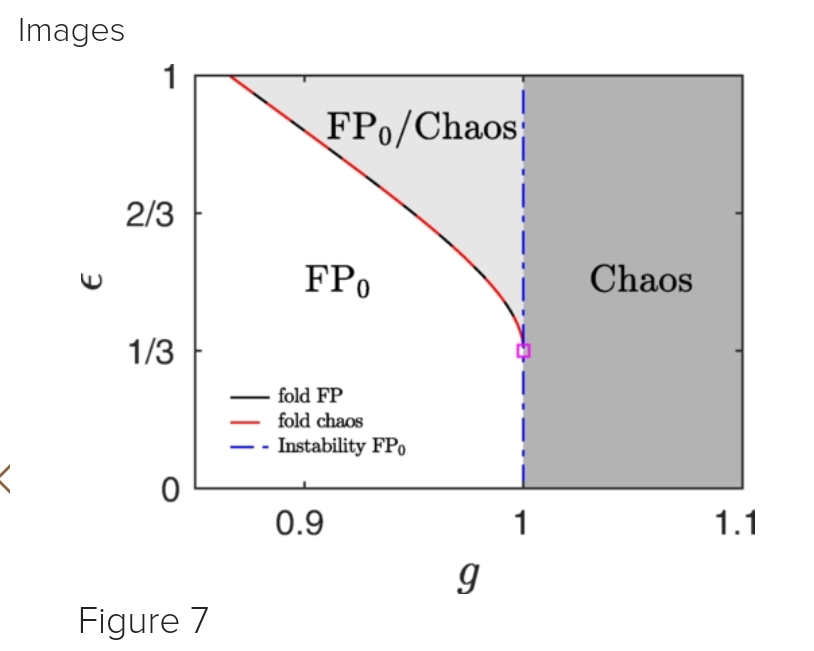<< One of the first exciting things to do with a new physical system is to go exploring—to tune parameters and see what unexpected behaviors the system is capable of. >>️
AA << combine active and unsupervised learning for automated exploration of nonequilibrium systems with unknown order parameters. (They) iteratively use active learning based on current order parameters to expand the library of behaviors and relearn order parameters based on this expanded library. (They) demonstrate the utility of this approach in Kuramoto models of increasing complexity. In addition to reproducing known phases, (AA) reveal previously unknown behavior and related order parameters, and demonstrate how to align search with human intuition. >>️
Martin J. Falk, Finnegan D. Roach, et al. Curiosity-driven search for novel nonequilibrium behaviors. Phys. Rev. Research 6, 033052. Jul 11, 2024.
Also: curiosity, behav, transition, in https://www.inkgmr.net/kwrds.html
Keywords: gst, curiosity, behav, transition
